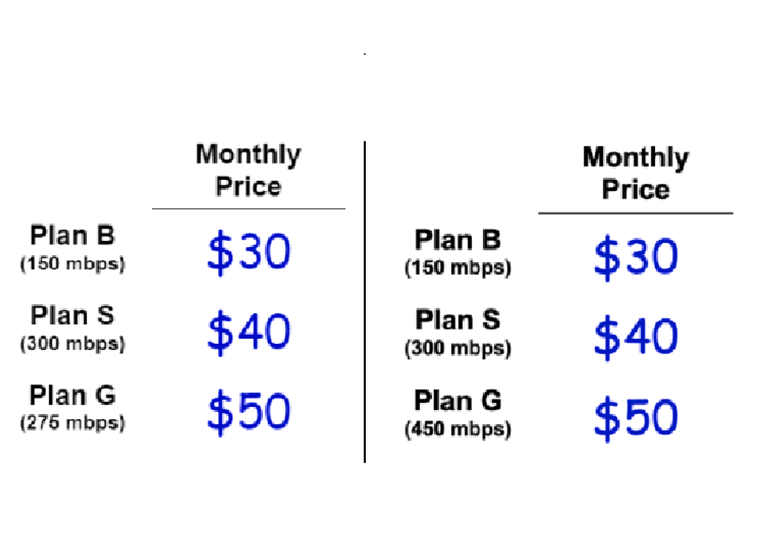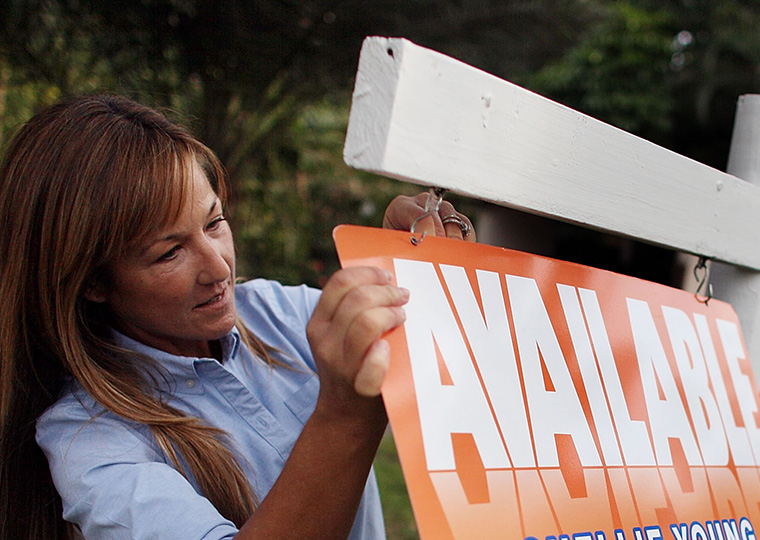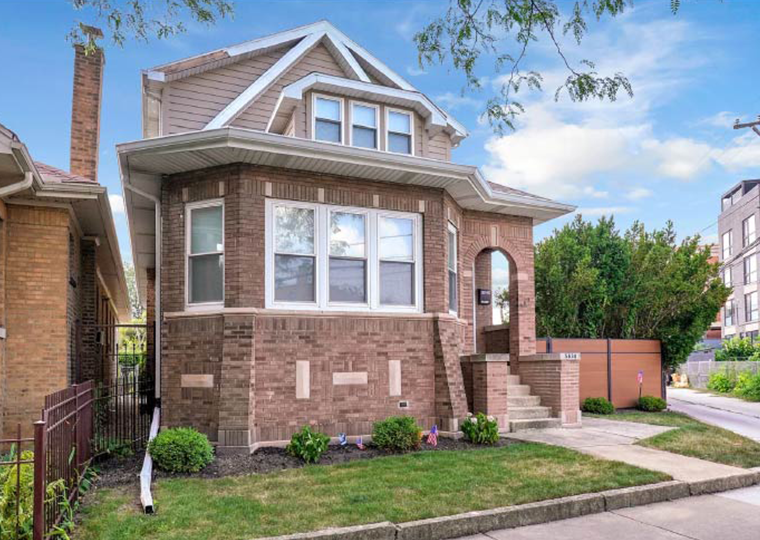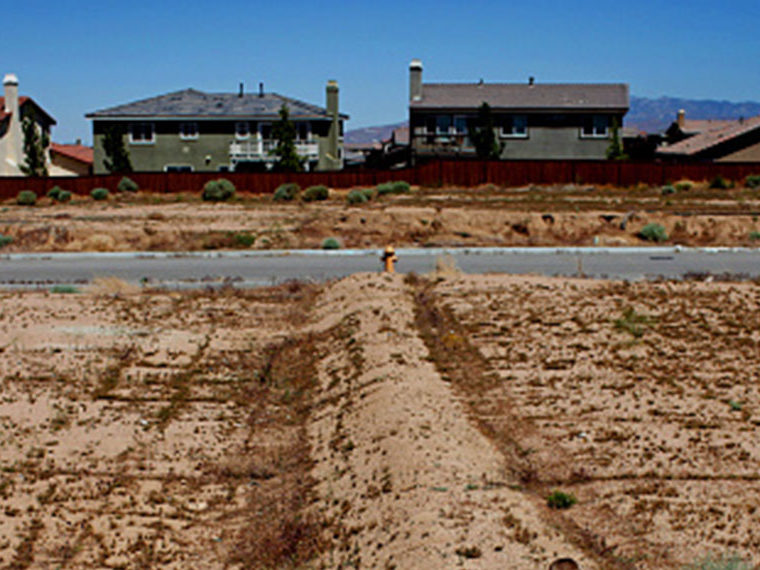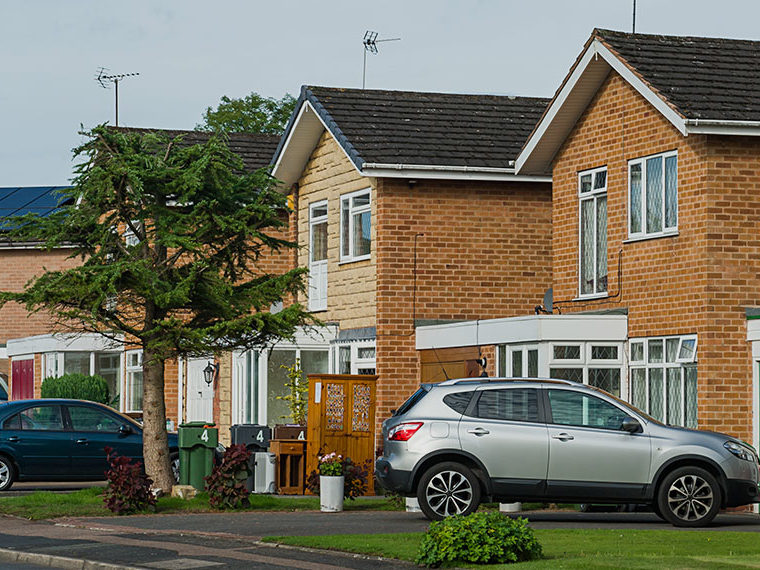Looking at London, by one measure the world’s second strongest entrepreneurial center
For professionals charged with economic development, luring a promising tech startup to the proverbial backyard is a pretty definitive win.
These companies bring well-paid and often younger employees who spend their wealth throughout the community on everything from lattes and sandwiches to nannies, homes and the renovation thereof. Other businesses pop up to cater to the newcomers’ tastes, oftentimes occupying vacant storefronts and bringing new life to an area.
But it’s no secret that the arrival of startups can be a mixed blessing for the locals. Rents tend to rise alongside property values, forcing some to move away for cheaper housing. Longtime residents may resent the new traffic or parking issues rather than appreciate the benefits of restaurants and other amenities they may not be able to afford.
A working paper sets out to uncover just how gentrification occurs when neighborhoods attract high-growth entrepreneurship.
A Single Startup Makes a Measurable Difference
Using data from London, which the Global Entrepreneurship Network ranked second, after Silicon Valley, for the strength of its entrepreneurial ecosystem, Bocconi University’s Luisa Gagliardi and UCLA Anderson’s Olav Sorenson calculate home price changes before and after any single entrepreneurial firm moves into a neighborhood. They limit the pool to “high growth startups,” defined as those that have raised, or are trying to raise, venture capital. (Restaurants, accountancies and dental offices are examples of firms not likely to be included.)
Even one high growth startup boosts home prices a little bit, the study suggests, about 0.04 percentage points over three years on average. The researchers estimate that price growth in the most entrepreneurial neighborhoods is about 2.6 percentage points higher than in the least.
The effects were much stronger when the startup moved into a low-rent neighborhood, according to the findings. Home prices in neighborhoods in the bottom 10% of prices rose six times more than those in the top 10%. Gagliardi and Sorenson saw similar results comparing top and bottom 20%. (Much of the data predates the COVID-19 pandemic and the resulting work-from-home movement, it should be noted. The effects of local startup headquarters may more recently be somewhat muted with more remote employees.)
Who Moves in, Who Makes Money
The work both complements earlier research and addresses a few lingering questions in the field, such as:
How do entrepreneurial businesses create housing demand?
It’s something of a chicken or egg question among researchers. Maybe the neighborhood becomes a more desirable place to live (as in, more expensive) because restaurants, coffee shops, stores and such move in to draw trade from the well-paid employees that now spend most of their waking hours there. The influx of such amenities, especially in places with few of them before, piques interest among homebuyers and other startups that would have passed on the location without them.
Or maybe prices increase because startup employees quickly move in, before merchants arrive. The service businesses follow to tap business from these new settlers, which creates even more demand for housing down the road.
The study suggests that the jobs the startup brings to the neighborhood jump-start housing demand. Even when the company settles in a not particularly fashionable place, many employees want to live nearby.
Who buys homes in these neighborhoods?
As bars and hair salons and retail shops follow startup workers into the neighborhoods, do these shops’ employees also buy homes close to their jobs? The study finds little evidence of this.
Using census data before and after startups arrive, the researchers find shifts toward more white collar and younger residents. They estimate that each high-tech startup adds, on average, 13.8 white-collar jobs to the neighborhood but reduces the number of residents with blue-collar jobs by 3.2. The neighborhood’s population becomes more racially diverse and more educated.
Do the locals benefit financially when the startup folks move in?
Not uniformly. High levels of entrepreneurship appear to exacerbate local inequality, particularly in neighborhoods with a lot of renters, the study suggests.
Of course homeowners and landlords become wealthier as the newcomers’ presence pushes up home prices. But to take advantage of the gains, these longtime residents typically need to sell and move away or, if they’re landlords, raise rents. Neighborhood renters are faced with moving away for cheaper housing or limiting spending somewhere else in their budgets to pay the larger rents. Their financial limitations contrast with neighbors drawing considerably bigger paychecks from the startups.
How far does startup-induced wealth extend?
If a fast-growing startup sparks higher home values in the neighborhood, do home values rise in the surrounding areas, or even the city at large?
The effects appear to dissipate quickly with distance. The study finds no evidence of price increases outside the startup’s neighborhood, even in adjacent ones.
Featured Faculty
-
Olav Sorenson
Joseph Jacobs Chair in Entrepreneurial Studies; Professor of Strategy; Faculty Research Director, Price Center for Entrepreneurship & Innovation
About the Research
Gagliardi, L. and Sorenson, O. (2023). Entrepreneurship and Gentrification.


